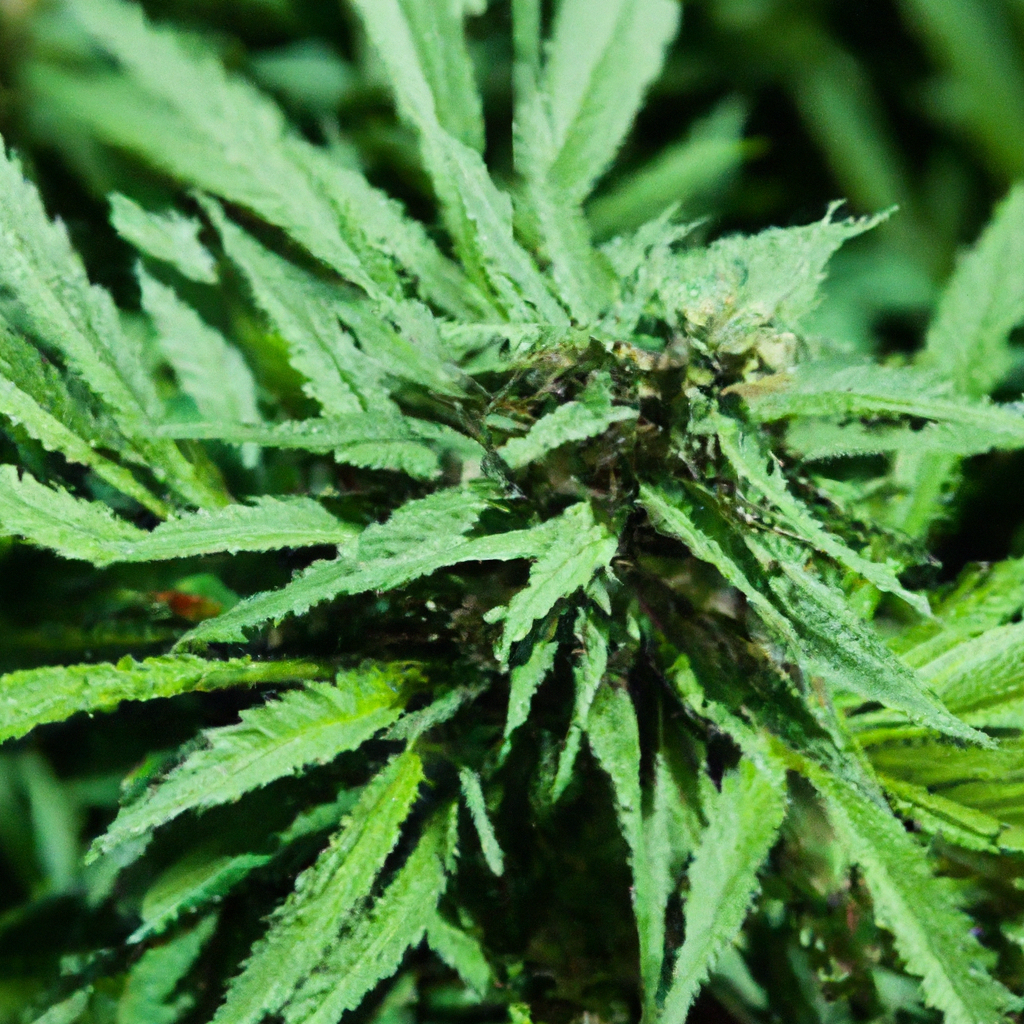John “Magic” Greenleaf here, ready to take you on a journey through the intricate world of cannabis terroir. Yes, similar to wine, the cannabis plant too develops unique characteristics based on the environment in which it’s grown. Let’s explore how geography, climate, and local cultivation practices shape the scent, flavor, and potency of cannabis.
Understanding Terroir: It’s More Than Just Soil
Terroir refers to the complete natural environment in which a particular cannabis strain is grown. It encompasses soil composition, weather patterns, altitude, and even nearby vegetation. Believe it or not, this combination significantly impacts the plant’s development.
- Soil Composition: Rich, organic soils favor robust terpene production, giving flavors depth and complexity.
- Altitude: High-altitude growth often results in more potent strains due to greater UV radiation exposure.
- Climate: Microclimates can create unique growing conditions that further differentiate strain profiles.
The Influence of Geography and Climate
Colorado, my home base, offers a prime example of how geography and climate can influence cannabis characteristics. The Rocky Mountains provide a high-altitude environment, contributing to the greater THC concentrations typical of “S t” and “Magic Kush”. The dry climate also reduces mold risks, bolstering the plant’s resilience.
Elsewhere, coastal regions with higher humidity foster equally unique attributes in cannabis. Strains grown in humid environments often exhibit milder scents and flavors due to the increased terpene oxidation.
Harnessing Terroir for Optimal Cultivation
To master the art of terroir, cultivators must embrace a balance between control and adaptation:
- Soil Management: Use organic matter and compost to nourish the earth, ensuring essential nutrients are available.
- Climate Adaptation: Implement adjustable air-flow systems in greenhouses to mimic natural breezes and temperature fluctuations.
- Local Flora: Consider the benefits of companion planting to enhance soil health and pest resistance.
Real-World Implications: Case Studies
Take a leaf from the book of Napa Valley vintners—cannabis terroir is becoming increasingly essential for marketing and product differentiation. Here are key examples:
- Emerald Triangle: Known for its high-quality cannabis due to the rich soils and ideal microclimates.
- Humboldt County: World-renowned for revolutionary cultivation techniques that respect and utilize local terroir.


Leave a Reply